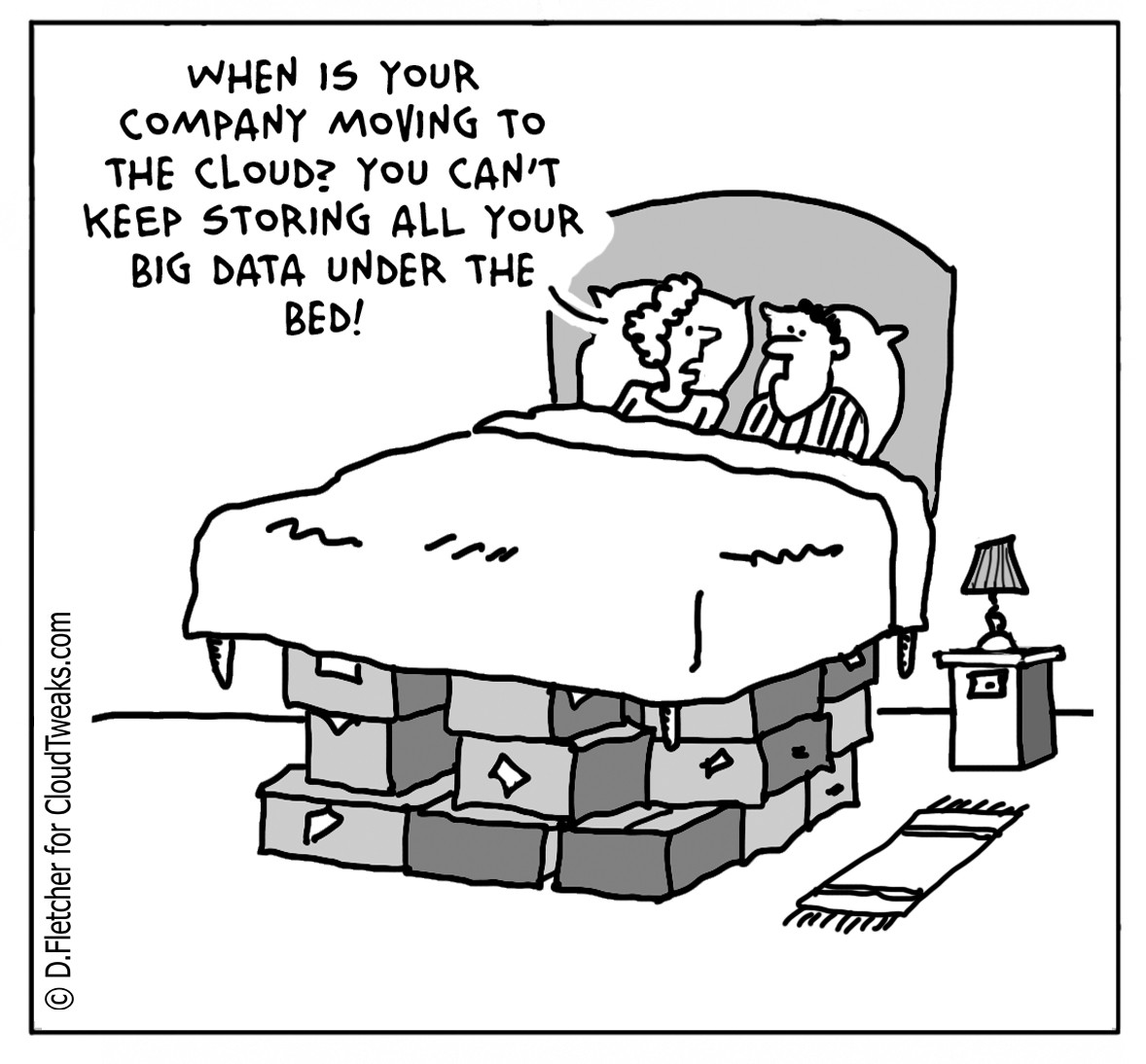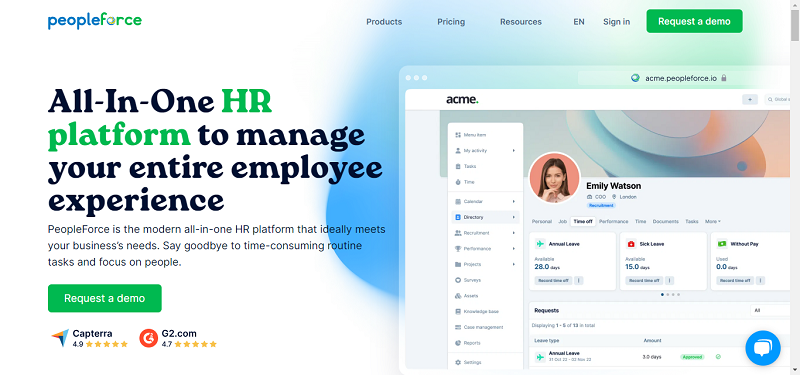2017 has proven to be a big year for migrating data to the cloud and cloud platforms: from Google to Microsoft and IBM to Oracle, enterprise organizations have recognized the importance of migrating data and encouraging their clients to do so. While data migration is eminent, there are events that will affect the practice of moving this data and set the stage for what’s to come in 2018.
“The implementation of GDPR will force organizations to move more data and collaboration to the cloud”
With the May 2018 deadline for the General Data Protection Regulation (GDPR) implementation rapidly approaching, many organizations throughout the European Union (EU) are still not prepared to meet legislation and will need to implement solutions to meet compliance. GDPR will force organizations to store personally identifiable information (PII) in the country of origin, and failing to be compliant will result in fines of up to 4% of revenue or 20M Euros. GDPR is especially relevant for any company doing business in EU countries, regardless of the size.
A recent survey showed that 15% of companies do not have a GDPR solution and putting an in-house solution in place would be cost prohibitive. Another survey reveals that 21% of US organizations are concerned about GDPR and have a plan in place, but half (51%) of respondents said their organization is either not concerned about GDPR or is unaware of its relevance to their business. With the deadline approaching, these organizations could struggle to implement solutions and will need to turn to cloud vendors to provide an in-country solution in an expedited manner.
Once GDPR is implemented, country regulators will likely make a public display of non-compliant organizations to raise awareness of the price for not adhering. After the first fines are imposed or threatened, we should expect to see a surge of interest in the cloud vendors who provide GDPR-ready solutions to protect data. Additional fallout will occur when organizations that believe they are compliant because their data is stored in-country find that their data is processed outside of the country, making them non-compliant. Validation of not only where data is stored but where it is processed will be required.

As the increase in security breaches, ransomware and DDoS attacks continue to rise exponentially, companies are looking for alternate solutions to protect their own data. With a shortage of skilled security resources, more companies will be forced to look to platform vendors to host their data. The move from storing and protecting data locally to secure collaboration and storage platforms has already started, but as companies begin to trust their PaaS and SaaS vendors security capabilities, 2018 will see an increase of file share data and data stored in systems such as SharePoint to be migrated to the cloud.
While the advancements made in AI have been incredible, we are really only seeing the tip of the iceberg. Cloud vendors are racing to bring AI capabilities to market as a differentiator, either through in-house development or through acquisition of new technologies. With cloud platforms storing more data, the expectation from customers is that more tools will be available on those platforms to allow predictive modeling and analysis of that data. Big data and the cloud will dominate the technology markets in the next 12 months as every company tries to gain a much-needed competitive edge. Cloud vendors will no longer be able to provide only searching or reporting capabilities, as the new norm will be for voice or visual search to provide greater predictive capabilities.
Gartner predicts that by 2020, IoT technology will be in 95% of new product designs. Organizations will struggle to keep up with the security aspects of those devices as customers realize their electronic gadgets are no longer secure. The other challenge with IoT is the volume of data available and the rate at which that data is collected. As there is an increase in IoT devices, we will see organizations moving much of that data to the cloud for storage purposes and also to protect the data collected – especially if that data is PII or other sensitive data. With the significant improvements in cloud security and data encryption, organizations will have no choice but to move IoT data to the cloud to deal with the rapid adoption.
In 2017, there was a marked increase in trust between customers and cloud vendors which led to a greater adoption of cloud technologies. While this trend should continue into 2018 and beyond, the increased threats to confidential data will see companies holding their cloud vendors to a higher level of accountability. It will no longer be acceptable for companies to trust a Service Organization Control 2 (SOC 2) report or an internal audit for security compliance. Customers will demand proof from their cloud vendors that the level of security on their platform is as good or better than their own in-house security posture. Cloud vendors should expect to be audited on a regular basis and proactively provide validated proof that they are indeed secure platforms. Breaches, such as Equifax, have shaken security teams to the core, and will hopefully encourage them to focus intently on delivering the security their clients need.
2018 is due to be a whirlwind for IT, data and the cloud. Vendors should anticipate a flurry of activity and prepare for questions from their clients as they look to them for guidance and service.
By Darren Glenister





